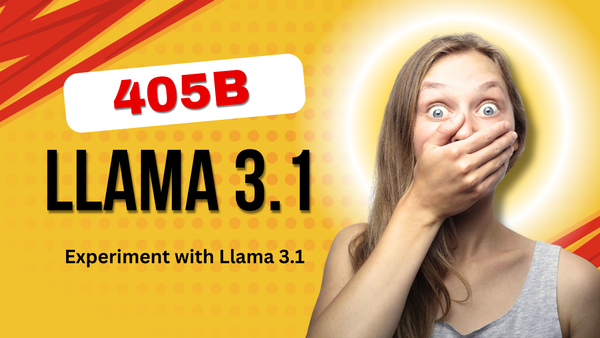Things To Learn From Using Linux

In common day discourse, Linux is a seldom guest. Most people use either Windows or macOS, and smartphone popularity introduced new players to the operating system industry.
However, Linux is way more popular than people think. Linux powers 38.8% of all websites and is used on computer routers, network security systems, Cloud servers, and much more.
Today, nearly all Cloud servers use Linux for stability and uptime. Since Cloud computing is massively expanding yearly, Linux knowledge will remain in huge demand for all Cloud-related services. Furthermore, even Microsoft used Linux technologies to develop its Azure Cloud, proving its importance to this technology.
Currently, there are hundreds of Linux distributions (their way of calling versions) with different purposes. Some are meant for server maintenance and advanced users, while others excel at comfort and simplicity and can compete with Windows in many regards.
Here are a few things you can learn from Linux OS:
Open-sourced Free Software
One of the biggest differences between Linux and Windows/macOS is that it is completely open-sourced and free software. Of course, there are paid Linux distros, like RHEL or Ultimate Zorin OS version, but you essentially pay for priority support and a minor extra feature here and there.
There’s little reason for individual users to pay for a Linux distro. Large companies may benefit from priority support. However, it’s unnecessary if you have a professional system administrator experienced with this operating system.
Regarding individual use, the best support you will get comes from an engaged community. Open source is available for everybody to inspect and adapt for personal use, so you will find many people online willing to share their expertise. There are many active communities that you can join and start learning Linux for free.
Lastly, many developers agree that open-source software is more secure because more people are likely to identify and fix a vulnerability. There is a chance of a developer exploiting it before the fix, however, and the debate on open-source security is ongoing.
Nevertheless, Linux is the most secure and widely available operating system. In comparison, macOS and Windows are both paid, less stable, and have more vulnerabilities.
OS Security
Cybersecurity benefits are what separates Linux from other operating systems by a mile. Because Windows has more than 70% of the desktop OS market share, it is the primary target for cyber attacks. Blackhat hackers are putting more resources into developing Windows malware expecting better returns.
Although macOS is more secure than Windows due to Apple’s strict developer security guidelines, it still pales compared to Linux. Linux manages user privileges in a different way that makes it more secure.
Root-level access (equivalent to Administrator privileges on Windows) is not given freely, and normal users have only limited access to system resources. If a virus infects a Linux system, it will not easily gain root-level access to spread across the system uncontrollably. Although some consider Linux secure enough to skip an AntiVirus, recent research reveals that hackers are starting to pay more attention to this OS.
Although Linux has a more secure codebase, it is still susceptible to cyber attacks that are not OS-specific, such as Phishing or Password dumping. You should still use a password manager for Linux password protection or turn on a VPN if you often connect to a public Wi-Fi network. In other words, although Linux has much fewer exploitable vulnerabilities, you should not feel careless because hacking methods like Social Engineering do not rely on them.
Reviving Old Devices
Pay close attention if you have old computers gathering dust in your shed.
Due to the way Apple develops its products, they are nearly impossible to upgrade and maintain over time. You will have to buy a new MacBook if you want to keep up with the tech, as there are few options to improve old ones with new parts.
On the contrary, Windows allows almost endless upgrade options, whatever new parts your motherboard accepts. The issue is that Windows is an extremely resource-unfriendly system, and using it on old systems will not result in acceptable performance.
Furthermore, Windows regularly cuts support for older versions (2020 marked the end of Windows 7 support), and newer versions require better hardware.
In comparison, Linux is a lightweight OS that limits background processes to the minimum. A test by SofwareTestingHelp.com revealed that Linux uses 1000 megabytes less RAM than Windows on a brand-new OS installation without any apps open.
The difference is significant, especially for old computers where one GB of RAM makes a huge difference. You can use Linux on your old devices for casual browsing, emails, movies, etc.
Final Lesson
Linux distros can teach us valuable lessons regarding security, resource management, and open-source technologies. There’s more to it, like elaborate customization options and an improved software update process, but you’ll have to try it to see all the neat features. Linux is an excellent free alternative for computer users who don’t mind spending extra on learning challenging yet valuable technology.



